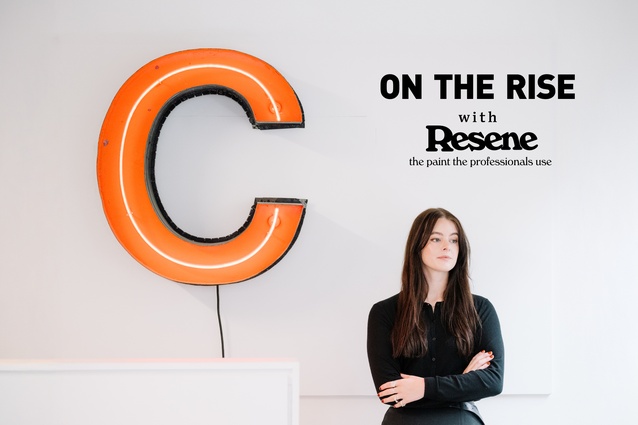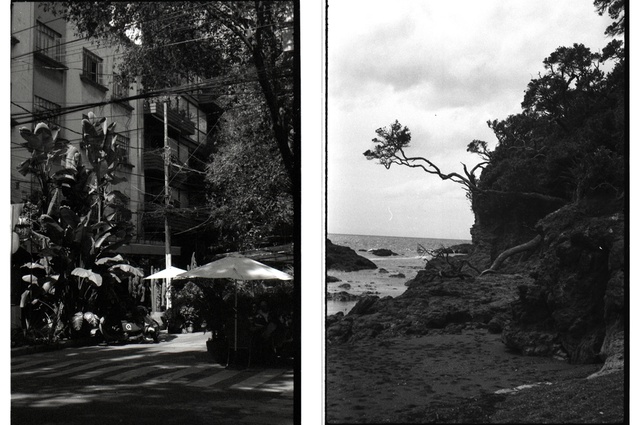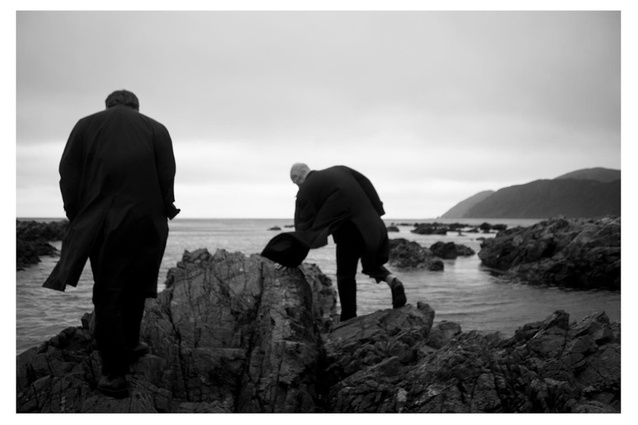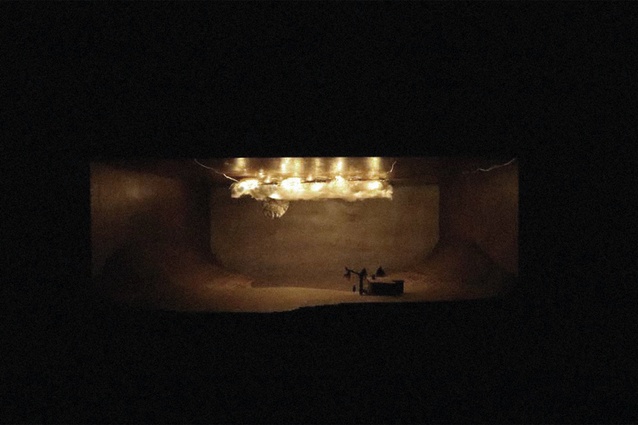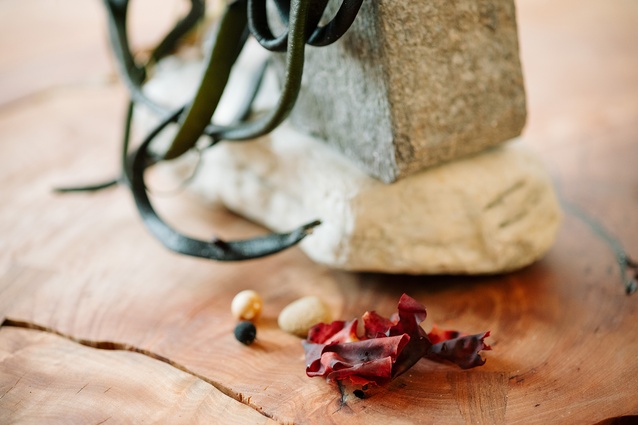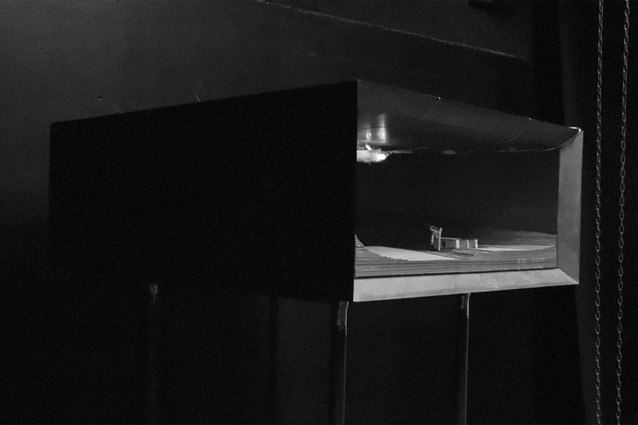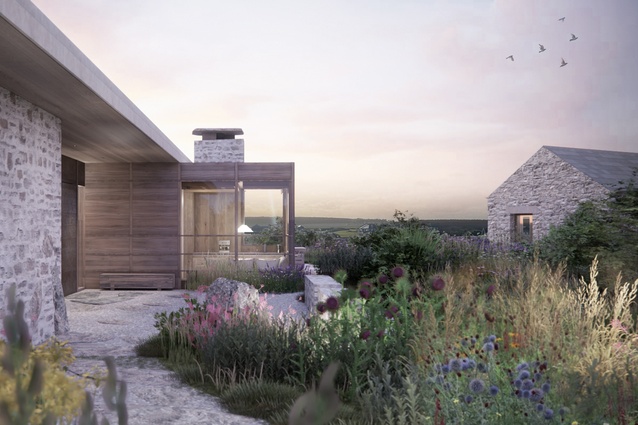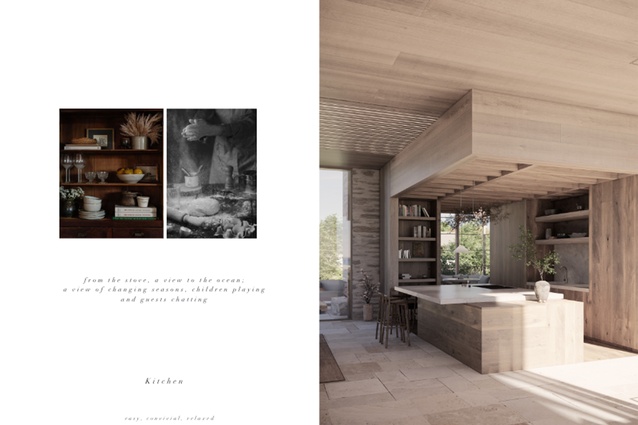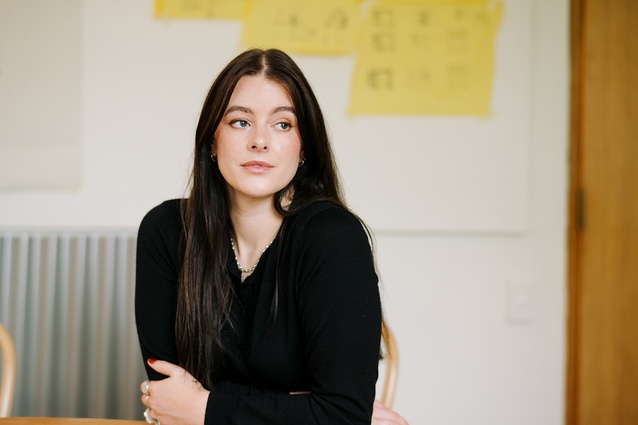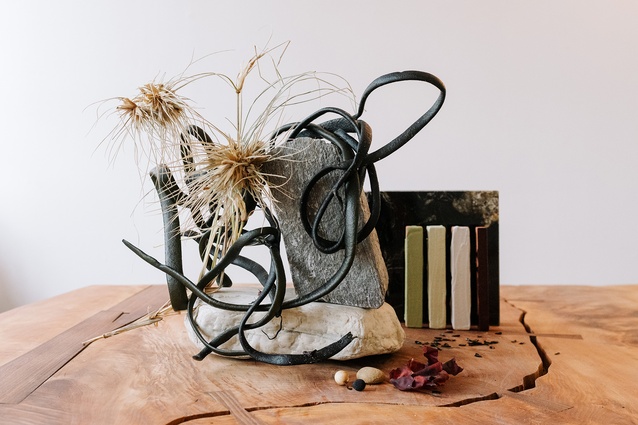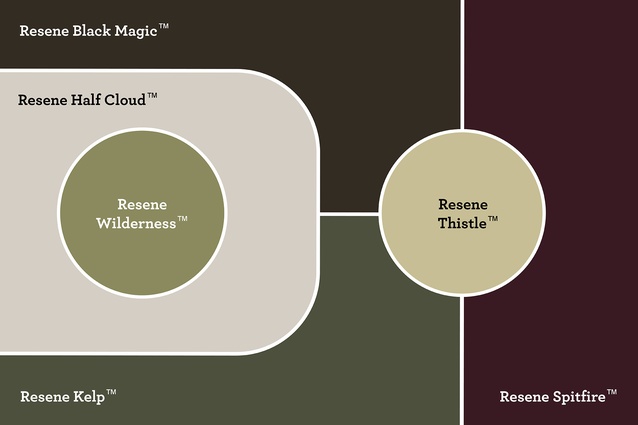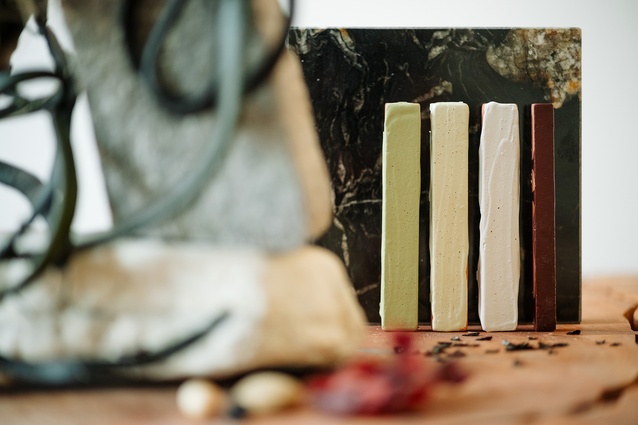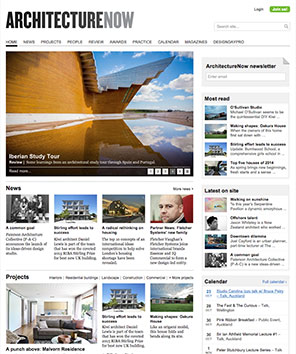On the Rise: Kate Glasson
ArchitectureNow’s On the Rise series, supported by Resene, profiles young designers from across the country who are shaping the future of the industry. In this instalment, we talk to graduate architect Kate Glasson of Cheshire Architects’ Wellington studio.
Amanda Harkness (AH): Tell us about your background and your first experience of architecture.
Kate Glasson (KG): I grew up in Ōtautahi Christchurch, so my first experiences of architecture included the incredible brutalism that the city is known for, set against the backdrop of the Port Hills. My youth played out through the Christchurch earthquakes — which likely set into motion some foundational beliefs including: space holds memory; spaces are composites of choices.
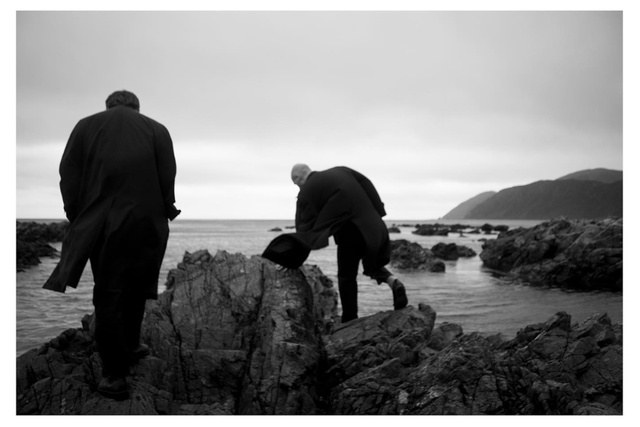
AH: You’re currently with Cheshire Architects in Wellington. How would you describe your approach to design and your work there?
KG: My work at Cheshire crosses a broad range of architectural and interior disciplines — from site coordination and spatial planning to bespoke object design. Some recent project collaborations include a home and garden on the wild southern coast of Ireland, a home in Golden Bay formed as a clustering of humble buildings, and a master plan for the residential care of persons with disabilities. In addition to — and often for — these projects, I enjoy working at a finer scale, developing bespoke lighting, joinery, hardware and fragrances. What is learnt in one discipline or in one type of project — at differing scales, typologies and budgets — can only serve to enhance the next.
Working in collaboration is one of the absolute joys of working in architecture and design. I have the privilege of working with truly engaged designers, who I am both sheltered and sharpened by. The mentorship I have experienced has been genuinely — and unironically — life-altering.

AH: What is it about architecture and design in this capacity that appeals to you personally?
KG: Design is the power to realise dreams incarnate. I’m drawn to and captivated by totally immersive design — the possibility of crafting whole experiences, of scheming whole worlds. I seek to create spaces as complete as they are compelling.
By working across disciplines, we channel a more fluid, seamless creativity and can build spaces drawing on varied, and sometimes contradicting, inspirations and design inputs. There is so much richness and joy in working in this playful way, where architecture is not only the building but also the fragrance, the stationery, the textiles, the glassware and so on.

AH: Do you have a special interest or design focus that informs your design perspective?
KG: Although I enjoy a shifting expansive focus across design, some themes and threads of (interconnected) ideas remain consistent. During my Master’s, I had the privilege of thesis supervision by Dr Rebecca Kiddle and I used my design research as an opportunity to investigate the interlinked ideas of subjectivity, ethics and space. This was grounded in an unpeeling of the relationships between architecture and memory, and the way that space contributes to a creation of the self.
I believe design is a practice. To be a designer is to be continuously weaving. It is also an act of engagement and it alters your perception of environments, Trying to understand how people inhabit these environments so too enriches your perception of people themselves.
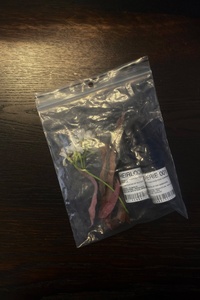
AH: What are some components that you like to see in spaces, and by space-makers, that you think are important for architects to foster into the future?
KG: Space-making, and experiential space itself, is an act of care and generosity. Creation is not only a giving of care, time and intention, it is also a generosity of openness, of vulnerability. When we create spaces, we are essentially sharing stories. Space-making is storytelling in the three-dimensional space.
As designers, we are together asking: what story could/should this space tell? What experience can be created? Space is a gift to be formed with warm hands and to be passed to those who experience it.
Building experiential spaces is about uniting not just physical elements but also ideas, memories, hopes and people. It’s a process that celebrates how layers and abundance of meaning can enrich our world.

Good space is beautiful, in the way that beauty is empowering. It’s not my belief that beauty is a fixed and definable concept. Beauty is shifting and dynamic — beauty is different to each of us. Good space, or beautiful space, should be true and intuitive; it should be authentic for its people and purpose. It might be soft, refined and deep but it could also be raw, rough, honest and organic.
In good space, there is an intuitive experience of understanding: this is where I am supposed to be and, therefore, who I am. Good design is a form of hospitality; it’s compassionate. As designers, we have the power to drive forward towards expansive and empowering spaces.
I’ve experienced the euphoria of space like that. And it’s chasing and (hopefully!) creating that feeling that I pursue when I scheme/dream/iterate designed spaces.
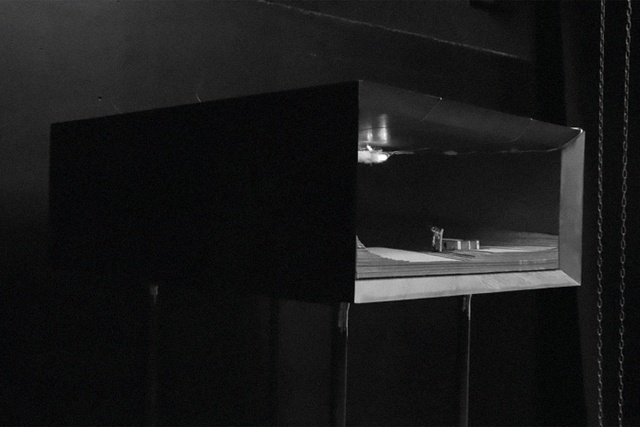
AH: What are your aspirations in terms of professional development?
KG: I’m currently in a position of an exciting tension. I’m involved in complex and creatively ambitious projects — running in a space of growth, artistically and technically. The challenge is to focus on developing a balance of flexibility and strength. The practice of design relies upon a process of testing and adjusting — an iterative stretching. An aspiration for my career is to retain that sense of elasticity.
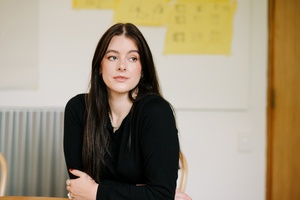
I’d like to contribute to a widening of the perception of what architecture is and how it can be valuable to all people. I’d also cherish the opportunity to work with students and to offer some kind of mentorship I have experienced myself.
Looking forward, I hope to broaden and intensify my architectural experience as well as continue to expand opportunities for creative collaboration and experience in other design fields. These might include new spatial typologies, product design, events and experiences.
AH: Finally, tell us about your mood board colours. What inspired these choices and what qualities do they convey to you?
KG: Just as Resene is, I’m incredibly inspired by the beauty of Aotearoa. This mood board emerged during time spent on the South Coast of Te-Whanganui-a-Tara. It can be a bit of a wild place but slowing down into it reveals a more delicate beauty. These colours are drawn from that natural environment — they have a sense of generosity, richness, ease and intrigue.
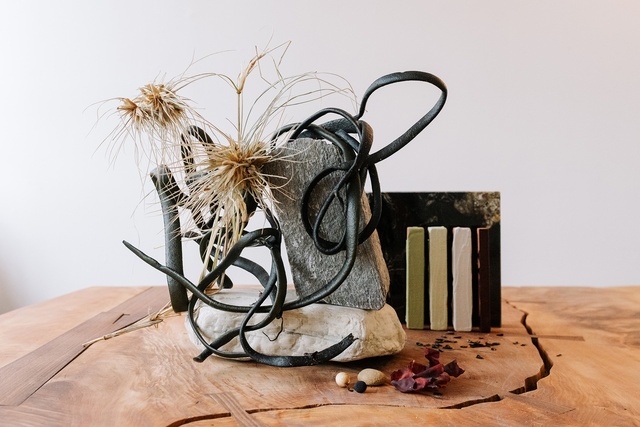
The colours selected are Resene Thistle, Resene Wilderness, Resene Kelp, Resene Spitfire, Resene Half Cloud, and Resene Black Magic.
See more from the On the Rise series here.

